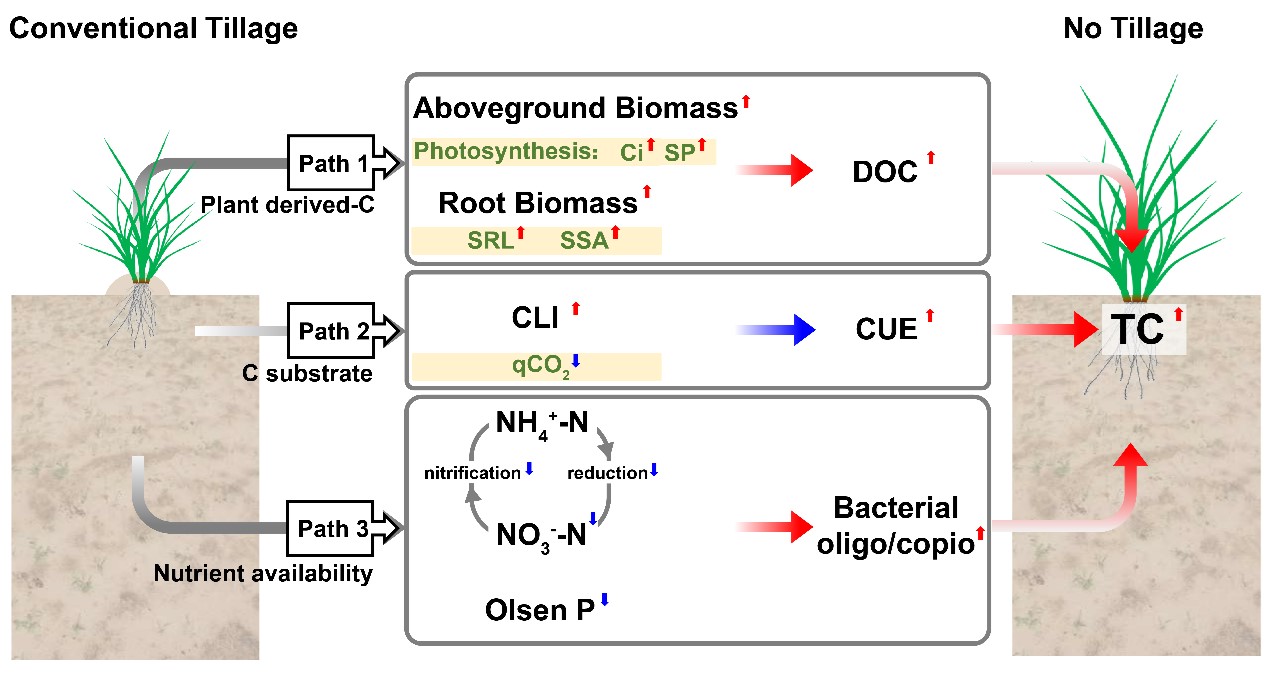No-Tillage Enhances Soil Carbon in Sandy Agroecosystems
Research sheds light on the potential of no-tillage practices to combat soil degradation and boost carbon sequestration in arid and semi-arid regions (Figure 1).
No-till farming (NT), as the name suggests, involves planting crops without disturbing the soil through ploughing or tilling. While extensively studied in fertile, loamy soils, the impact of NT on carbon content in sandy, semi-arid ecosystems has remained less explored.
A new study published in the journal Ecological Processes by researchers at the Institute of Applied Ecology, Chinese Academy of Sciences, has unveiled how NT can drive soil carbon accumulation in these challenging environments, offering insights into its ecological and agricultural benefits.
The researchers investigated the effects of no-till farming on fields of tiger nut sedge (Cyperus esculentus L.), a drought-resistant and fast-growing plant with deep roots, in the Horqin Sandy Land, a region prone to desertification. They found that NT significantly increased soil total carbon content compared to conventional tillage.
Enhanced carbon input from plants was identified as a key driver. NT farming increased plant biomass, leading to higher levels of dissolved organic carbon derived from roots and plant residues, which contributed to the soil’s total carbon pool.
The researchers observed that no-till farming led to both an improvement in microbial carbon use efficiency and a reduction in the respiratory quotient (qCO2), demonstrating a more efficient conversion of carbon into microbial biomass rather than its release as CO2. No-till practices favored the growth of oligotrophic bacteria – microbes that thrive in nutrient-poor environments. These microbes are known to contribute to the stabilization of soil organic carbon, reducing the loss of active carbon components.
While the researchers stress the need for long-term investigations to fully understand the broader implications of NT on soil ecosystems and carbon dynamics, these results mark a significant step toward sustainable land management in arid and semi-arid environments. The researchers emphasized that NT practices in such regions could serve as a model for managing degraded lands, effectively increasing carbon storage. The study also highlights the potential of cultivating tiger nuts in these areas, as this plant is well-adapted to harsh conditions and can further contribute to soil improvement.

Figure 1. Mechanisms of increased soil total carbon (TC) under no-till in sandy soil(Image by WANG Cong).



